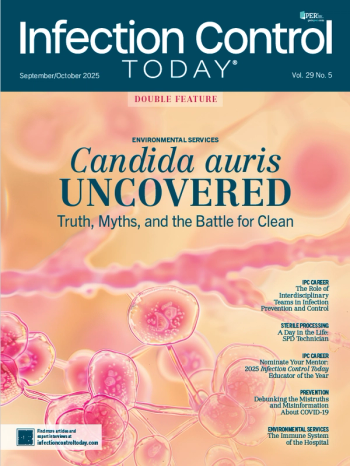
First Fully Disposable Duodenoscope Approved by the FDA
Talk about the speed of technological advancement. Less than a month ago we reported that the US Food and Drug Administration (FDA) approved for market a duodenoscope with a sterile disposable elevator component. That device-the Pentax Medical Video Duodenoscope ED34-i10T2-was seen as a major breakthrough in infection control, because duodenoscopes have many moveable parts and must be thoroughly disinfected after each use. Often, that process falls short of total decontamination, and the elevator component is considered especially problematic.
Today, the agency
Boston Scientific Corporation’s EXALT Model D Single-Use Duodenoscope provides visualization and access to the upper gastrointestinal (GI) tract to treat bile duct disorders and other upper GI problems. The FDA fast-tracked approval using its
Jeff Shuren, MD, director of the FDA’s Center for Devices and Radiological Health, said that “unlike duodenoscopes that are used on multiple patients, a fully disposable duodenoscope doesn’t need to be reprocessed, eliminating the risk of potential infection due to ineffective reprocessing. Improving the safety of duodenoscopes is a top priority for the FDA since such devices remain critical to life-saving care for many patients, and the FDA continues to encourage innovative ways to improve the safety and effectiveness of these devices.”
Duodenoscopes are used in endoscopic retrograde cholangiopancreatography (ERCP) procedures; there are about 500,000 such procedures each year. They’re less invasive than traditional surgery in draining fluids from pancreatic and biliary ducts blocked by cancerous tumors or gallstones.
The FDA has been pushing for upgrades in duodenoscopes, issuing a safety communication in August urging manufacturers and healthcare facilities to come up designs for partially- or fully- disposable devices.
In October,
Newsletter
Stay prepared and protected with Infection Control Today's newsletter, delivering essential updates, best practices, and expert insights for infection preventionists.






